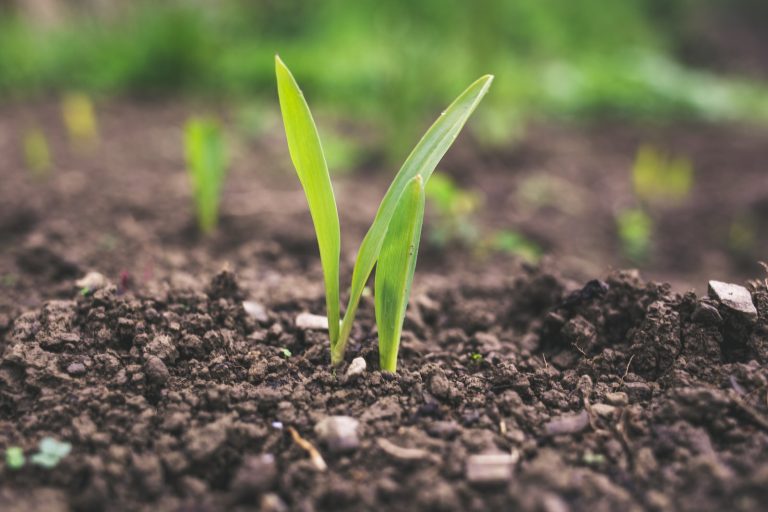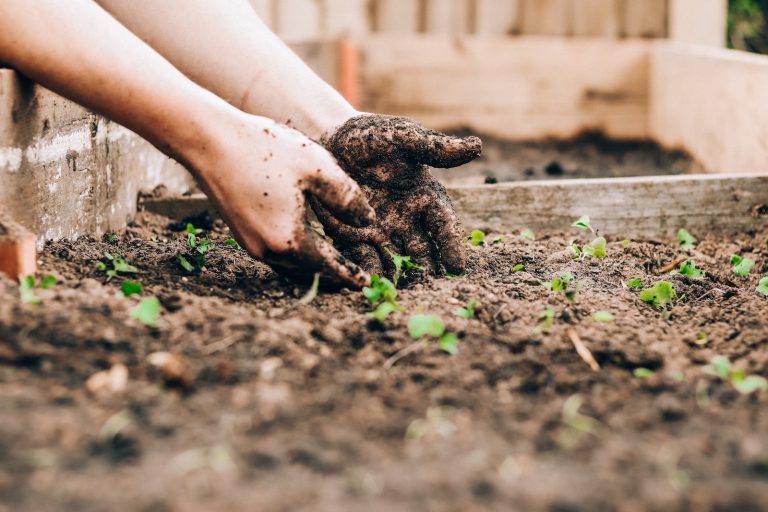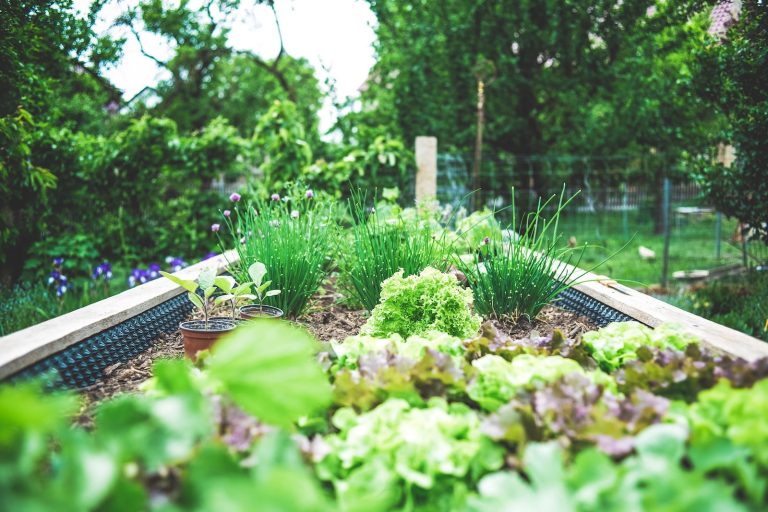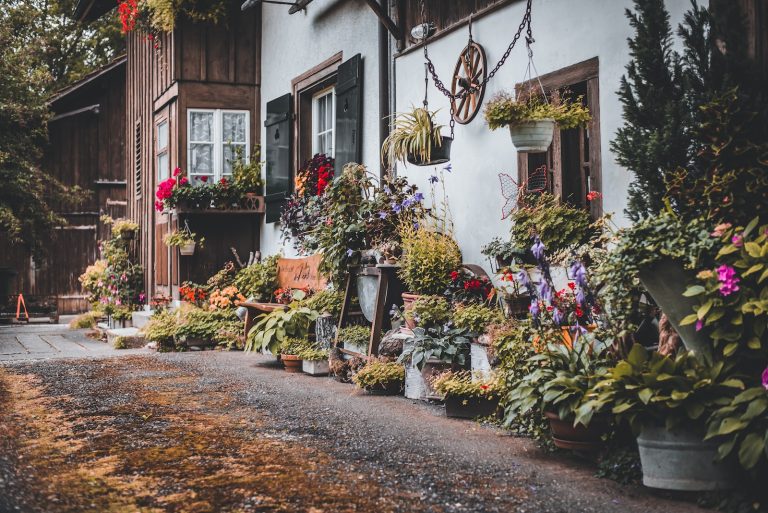How to Install and Maintain a Water Feature in Your Garden

Are you looking for a stunning way to spruce up your garden? Water features offer an excellent opportunity to create a natural, tranquil environment in any outdoor space.
However, installing and maintaining one may seem like a daunting task- especially if you’re not sure where to start. Fret not because we’ve got you covered!
In this blog post, we’ll guide you on how to install and maintain a water feature in your garden effortlessly.
From choosing the right water feature for your space to proper maintenance practices- unleash your creativity with our step-by-step guide! So, grab your sunscreen and let’s get started on creating your perfect oasis today!
Introduction
A water feature is a great addition to any garden, whether it’s a simple fountain or an elaborate pond.
Not only do they add visual interest and beauty to your outdoor space, but the sound of running water can also be soothing and relaxing. Installing a water feature is not as difficult as you may think, and with a little basic maintenance, it can be a low-maintenance addition to your yard.
When choosing a location for your water feature, make sure it’s close to an electrical outlet so you can easily plug in the pump.
You’ll also want to consider the sun exposure of the area, as some plants and fish prefer shady spots while others need full sun. Once you’ve selected the perfect spot, it’s time to start digging!
If you’re installing a pond, you’ll need to excavate an area that’s at least 3 feet wide and 2 feet deep. For a fountain or other small water feature, a hole that’s about 18 inches wide and 12 inches deep will suffice.
After digging the hole, line it with heavy-duty liner material to prevent leaks. Then fill the hole with water and check for any leaks around the edge of the liner. Now it’s time to add plants and rocks to your water feature
Benefits of Installing a Water Feature
If you’re thinking of adding a water feature to your garden, you may be wondering what benefits it can bring. Installing a water feature can provide a number of advantages, both for you and your garden.
For starters, having a water feature in your garden can help to create a more relaxing and enjoyable outdoor space. The sound of moving water is known to have a calming effect, which can help to reduce stress and tension.
If you find yourself spending more time outdoors, you may also find that your overall sense of wellbeing improves. In addition to creating an inviting space for relaxation, a water feature can also add visual interest to your garden.
Water features come in all sorts of shapes and sizes, so you’re sure to find one that suits the style of your garden perfectly. Whether you opt for a simple fountain or something more elaborate, a water feature is sure to enhance the appearance of your outdoor area.
Finally, installing a water feature can also be beneficial for the environment. Moving water helps to aerate the soil around it, which can encourage plant growth. Additionally, using recycled materials such as rainwater or greywater for your water feature can help to conserve valuable resources.
The Different Types of Water Features
There are many different types of water features, from small fountains to large ponds. You can choose one that fits your garden space and budget.
Smaller water features such as fountains can be placed on a patio or deck, while larger ones will need more space. Ponds can be either above ground or in ground, and can be customized with fish, plants, and other decorations.
No matter what type of water feature you choose, be sure to read the instructions carefully before starting any work. It is also important to do regular maintenance to keep your water feature looking its best.
Preparing to Install a Water Feature
If you’re thinking of adding a water feature to your garden, there are a few things you need to take into account before you start.
First, you need to think about where you want to place your water feature. It’s important to choose a spot that gets plenty of sunlight, as this will help keep the water warm and prevent algae from growing.
You’ll also need to make sure there’s a power source nearby, as most water features require electricity to run.
Once you’ve chosen the perfect spot for your water feature, it’s time to start prepping for installation.
If you’re installing a fountain or waterfall, you’ll need to excavate a hole in your chosen spot. Make sure the hole is big enough to fit the pump and all of the tubing easily.
If you’re installing a pond, you’ll need to line it with a rubber liner or Pond Armor before filling it with water.
Once your hole is excavated and your pond is lined, it’s time to add some plants! aquatic plants are essential for keeping your pond healthy, so make sure to add a variety of different species.
After your pond is installed and filled with water, it’s time to add your final touches. If you’ve chosen a fountain or waterfall, connect the pump and tubing according to the manufacturer’s instructions. Then, sit back and enjoy the peaceful sound of moving water in your garden!
Step by Step Installation Guide
Installing a water feature in your garden is a relatively easy task that can be accomplished in a weekend.
This step-by-step guide will outline the necessary steps to take in order to install and maintain a beautiful water feature in your own backyard.
- Choose the location for your water feature. It is important to consider factors such as sunlight, soil type, and available space when selecting the perfect spot for your new addition.
- Excavate the area to the desired depth and width. Make sure to remove any large rocks or debris that could interfere with the installation process.
- Install a liner made of heavy-duty plastic or rubber to prevent leakage. Be sure to extend the liner beyond the excavation site so that it can be tucked into the ground and secured in place.
- Fill the liner with water and allow it to sit for 24 hours before moving on to the next step. This will ensure that there are no leaks in the liner before you proceed.
- Select plants and rocks that compliment the overall design of your water feature, and begin placing them around the edge of the liner. Make sure that larger rocks are placed towards the bottom so that they do not fall over when filled with water.
- Fill your water feature with fresh water, being careful not to dislodge any of the plants or rocks you have placed around its edges. Turn on any pumps or filtration systems, and enjoy your beautiful
How to Maintain a Water Feature
Proper maintenance of your water feature is essential to keeping it functioning properly and looking its best. Here are some tips on how to maintain a water feature:
- Clean the pond or fountain regularly. Remove any debris such as leaves or twigs that may have fallen in.
- Check the pump and filter regularly to make sure they are working properly. Clean or replace the filter media as needed.
- Top off the pond or fountain with fresh water as needed to keep the water level up. evaporation will cause the water level to go down over time.
- Test the water quality regularly and take steps to correct any problems such as high pH or ammonia levels.
Potential Problems with Your Water Feature and How To Fix Them
If you’ve decided to add a water feature to your garden, congratulations! Water features can add beauty and serenity to any outdoor space.
However, there are a few potential problems you may encounter with your new water feature. Here are some of the most common problems and how to fix them:
- The pump isn’t working: If your pump isn’t working, the first thing you should check is the power source. Make sure the pump is plugged in or that the batteries are fresh. If the power source is fine, then check the impeller (the part of the pump that moves water). The impeller may be clogged with debris, which will prevent it from moving water. To clean the impeller, simply remove it from the pump and rinse it off with clean water.
- There is no water flowing from the fountain: If there is no water coming out of your fountain, first check to see if there is any water in the basin. If there is no water in the basin, then make sure the valve that controls the flow of water to the fountain is turned on. If there is still no water flowing, then there may be a blockage in the hose or tubing that supplies water to the fountain. To clear a blockage, simply disconnect the hose or tubing and flush it out with clean water.
- The fountain is leaking: A leaky fountain can be a big problem because it can waste a lot of water
Conclusion
Installing and maintaining a water feature in your garden is an exciting and rewarding experience.
With the right materials, tools, and knowledge of proper maintenance techniques, you can have a beautiful water feature that will continue to bring life to your outdoor space for years to come.
Whether it’s a small fountain or an elaborate waterfall system, making sure that you regularly clean and maintain your water feature will ensure its beauty and functionality for years to come.

Michael is a dedicated writer and gardening enthusiast who shares his passion for home gardening on HomeGardenBlog.com. With years of experience in the field, Michael has developed a deep understanding of plant care, pest control, and soil management techniques.






